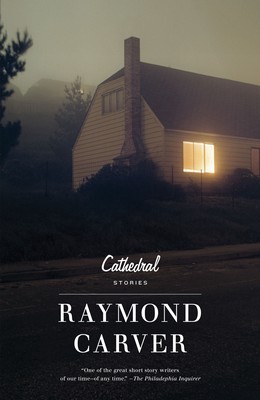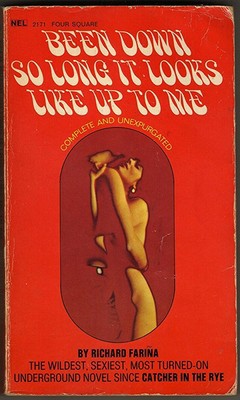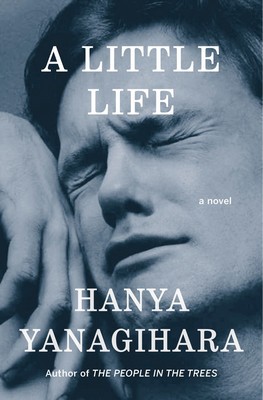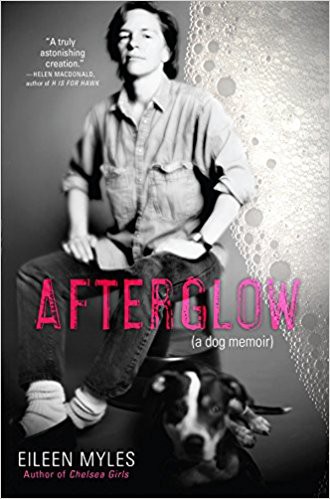Reading Lists
9 Fictional Friendships that Explore Male Intimacy
From Bolaño’s poets to Beatty’s teenagers, men in fiction often get more emotional freedom than the real world allows

Electric Lit is just $7,000 away from our year-end fundraising goal of $35,000! We need to hit this target to get us through the rest of 2025, and balance the budget for 2026. Please give today! DONATE NOW.
While constructed masculinity often represses conversations about the intensity, messiness, and vulnerability of male friendships, many novels and stories display men behaving together in ways the public discourse shuns. For this list, I chose pairs I found compelling in their contradictions. Many of the men rely on each other while struggling with addiction and mental illness, railing against their own toxicity to achieve a more honest form of vulnerability. Others compete for validation, dulling their sensitivities in the process. But whatever the dynamic, these are the kinds of friendships between men that reflect something much closer to real life than your average bromance caricature.

Arturo Belano and Ulises Lima, The Savage Detectives by Roberto Bolaño
At the fulcrum of Roberto Bolaño’s kaleidoscopic epic Savage Detectives, are the poets Ulises Lima and Arturo Belano, the author’s alter ego. The mysterious leaders of the Visceral Realists, drift through Spain, Israel, North Africa, and Mexico sharing an unspoken and often inscrutable bond as they phase in and out of contact. Chronicled through dozens of perspectives — although never directly from Arturo or Ulises — the novel’s narrators often observe a silent vulnerability shared between the pair as their physical and mental health slowly degrades.

Robby and Todd, “Midnight in Dostoevsky” by Don Delillo
Robby narrates Don Delillo’s masterful short story “Midnight in Dostoevsky.” While walking with his friend Todd around their college town, the two encounter a loner wandering around. Over a series of chance encounters, the friends project a fictional life onto the mysterious figure, debating his heritage, role in the town, family, and even the style of his winter coat. Coursing beneath their witticism; however, is a latent violence, as both struggle for control of their crafted version of reality.

Gunnar Kaufman and Nicholas Scoby, The White Boy Shuffle by Paul Beatty
The White Boy Shuffle was the first novel from the poet Paul Beatty, who went on to win the Man Booker prize for The Sellout. This coming-of-age tale follows Gunnar, an awkward, black surfer bum who is moved by his mother from Santa Monica to urban West Los Angeles — a decision Mrs. Kaufman makes after her son refuses to attend an all black summer camp because he feels the children are different from him. After befriending Nicholas, a prolific basketball player, Gunnar begins to undergo a startling transformation from neighborhood outcast to basketball superstar, and eventually to reluctant messiah of a “divided, downtrodden people.” This is a friendship about that explores conformity, and the conditions of black masculinity.

The narrator and Robert, “Cathedral” by Raymond Carver
On the surface, Carver’s “Cathedral” is a simple if, admittedly, strange story. A man’s wife invites a blind man her husband has never met to their home for drinks. They talk. They draw. That’s it. But, beneath its simplicity is a complex discourse about the ways many men do and do not communicate with each other. It digs into trust, vulnerability, and questions of inherent truth. By the end of the story something inside the narrator softens. He becomes more open, altered through his connection with another person.

Scott and Chris, The Sarah Book by Scott McClanahan
Scott McClanahan’s The Sarah Book was probably the best thing I read in 2017, and the saddest thing I read ever. After separating from the titular Sarah, Scott moves in with his also-recently-divorced friend Chris. In “the apartment of death,” they get drunk, feed steak to kittens, sing “November Rain,” and fuck around online, trying, together, to find something resembling functional happiness. This book is gorgeous. The friendship is communal and raw. Highly recommend.

Gnossos Pappadopoulis and Heff, Been Down so Long it Looks Like Up to Me by Richard Fariña
Richard Fariña’s freewheeling Been Down so Long… follows charismatic Ivy League senior Gnossos Paddadopoulis as he returns to a campus primed for a counter culture revolution. Brazen, nearly constantly high, and obsessed with “cool,” he relies his friend Heff for grounding and political direction. As the novel progresses, however, it becomes clear that both use their personas as a means of staving off the encroachments of a corrupt and sinister era.

Georgie and Fuckhead, “Emergency” by Denis Johnson
The standout story from the late Denis Johnson’s Jesus’ Son is about two hospital orderlies stealing drugs and driving through Iowa at night. It’s a story about fear, hallucination, needing another person to hear you, and saving lives. In a book about weirdos and addicts struggling, and often failing, to get better. Georgie provides Fuckhead with hope that rarely exists in his world. Oh, and before all that he pulls a hunting knife from a man’s eye without doing any damage.

Jude, Malcolm, Willem & JB, A Little Life by Hanya Yanagihara
Four friends graduate from college and move together to New York City to make their way. They’re broke, adrift, and buoyed only by their friendship and ambition. There is kind, handsome Willem, an aspiring actor; Jean-Baptiste, a quick-witted, sometimes cruel Brooklyn-born painter seeking entry to the art world; Malcolm, son of an affluent New York family and a frustrated architect at a prominent firm; and withdrawn, brilliant, enigmatic Jude, who serves as their center of gravity. The reader learns more — and more graphic — details of Jude’s traumatic past as his friends do. As the tale unfolds, Yanagihara shows us the manifold roles that men play in one another’s lives.

Gene and Phineas, A Separate Peace by John Knowles
John Knowles boarding school classic A Separate Peace, follows narrator Gene’s friendship with Phineas, the charismatic and athletic leader of their grade. Driven by an admiration that borders on obsession, Gene finds himself embroiled in an accident that leads to Phineas being severely injured. In a psychological rich narrative rife with homoerotic undertones, Knowles uses the boy’s friendship to explore trust, admiration, anger, and what it means to want another person’s life.








